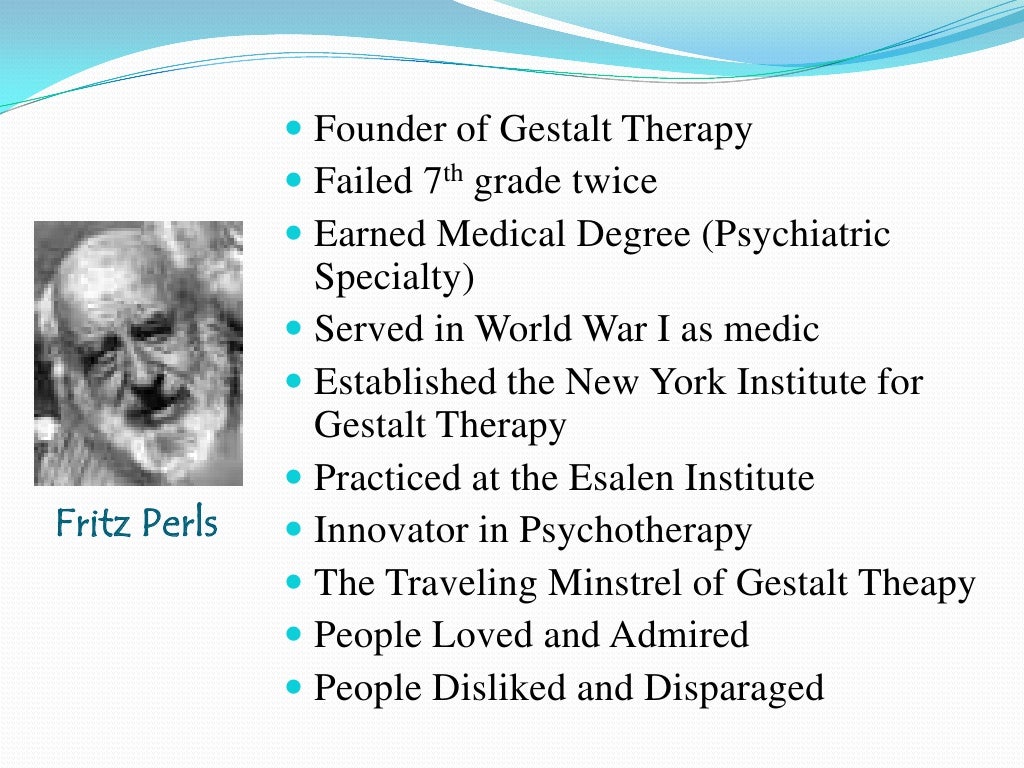Gestalt Therapy: Understanding the Holistic Approach to Mental Health

The Principles of Gestalt Therapy
Gestalt therapy is based on several core principles:
- Here and now: The focus is on the present moment, rather than dwelling on the past or worrying about the future.
- Wholeness: The goal is to help individuals become aware of all parts of themselves and integrate them into a cohesive whole.
- Personal responsibility: Individuals are encouraged to take responsibility for their own thoughts, feelings, and actions.
- Relationships: Gestalt therapy emphasizes the importance of healthy relationships and encourages individuals to explore their relationship patterns.
- Growth: The ultimate goal of therapy is to help individuals grow and reach their full potential.
The Techniques Used in Gestalt Therapy
Gestalt therapy uses a variety of techniques to help individuals become more aware of themselves and their experiences. These techniques may include:
- Empty chair technique: The individual speaks to an empty chair as if they were speaking to a person or object that is causing them distress.
- Role-playing: The individual acts out different roles to gain a better understanding of their emotions and behaviors.
- Body awareness: The therapist helps the individual become more aware of their physical sensations and how they relate to their emotions.
- Dream work: The therapist explores the individual's dreams to gain insight into their unconscious mind.
The Benefits and Drawbacks of Gestalt Therapy
Like any form of therapy, Gestalt therapy has both benefits and drawbacks. Some potential benefits include:
- Improved self-awareness and self-esteem
- Better communication and relationship skills
- Reduced stress and anxiety
- Greater ability to cope with difficult situations
However, Gestalt therapy may not be suitable for everyone. Some potential drawbacks include:
- May not be effective for severe mental health conditions
- May require a long-term commitment to see results
- May be expensive and not covered by insurance
- May not be the best fit for individuals who prefer a more structured approach to therapy
FAQ
What should I expect in a Gestalt therapy session?
In a Gestalt therapy session, you can expect to engage in a dialogue with your therapist about your thoughts, feelings, and experiences. You may also be asked to participate in experiential exercises designed to help you become more aware of your emotions and patterns of behavior.
How many sessions will I need?
The number of sessions needed varies depending on the individual and their goals. Some individuals may see results in just a few sessions, while others may require long-term therapy.
Can Gestalt therapy be used to treat specific mental health conditions?
Gestalt therapy can be used to treat a variety of mental health conditions, including anxiety, depression, and trauma. However, it may not be effective for severe or complex mental health conditions.
How can I find a Gestalt therapist?
You can search for Gestalt therapists in your area through online directories or contact your local mental health association for recommendations.
